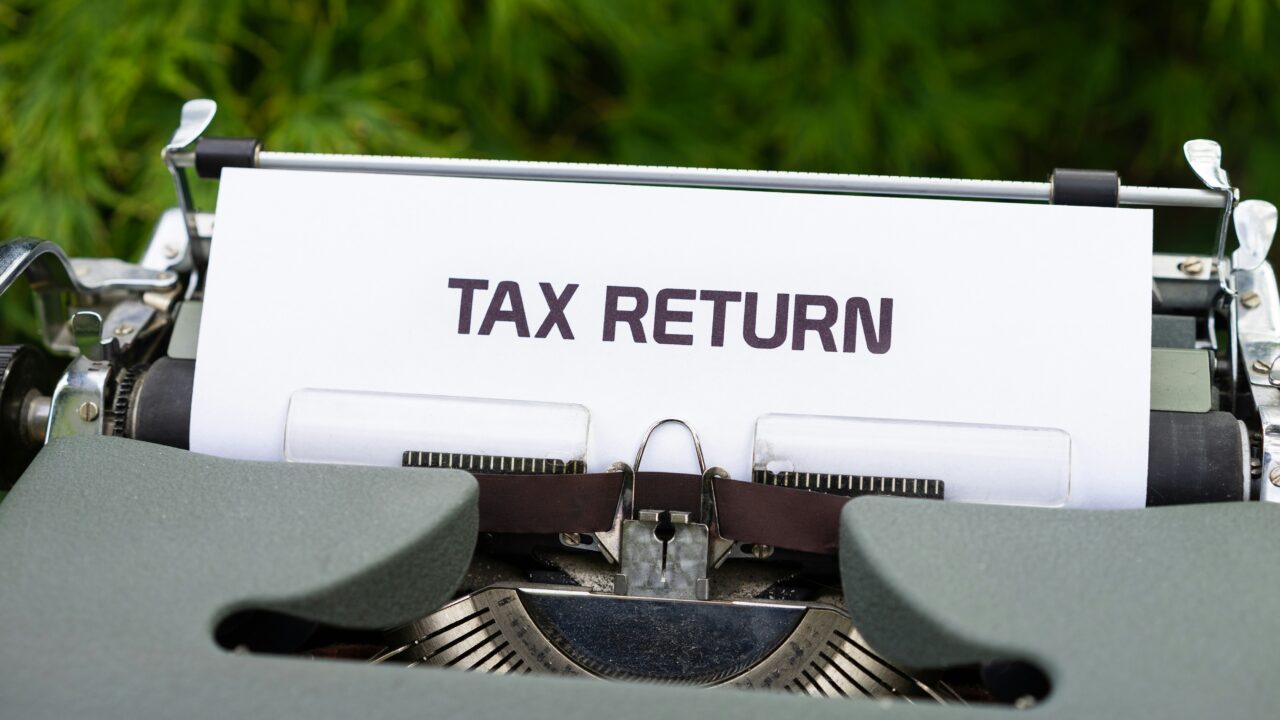1. Introduction
A tax return is the process of accurately calculating and reporting your taxes, such as income tax and local taxes. Many people, including sole traders, freelancers, self-employed individuals, and those with significant secondary income, need to file a tax return. This article explains how to file a tax return, the necessary documents, deadlines, and more, in an easy-to-understand manner for first-time filers.
2. How to File a Tax Return
How to File a Tax Return
The steps to file a tax return are as follows
Prepare the Necessary Documents: Gather your payslips, PAYG Payment Summary, receipts for expenses, etc.
Calculate Your Income: Calculate your income by subtracting necessary expenses from your total annual income.
Apply Deductions: Apply relevant deductions, such as medical expense deductions and donation deductions.
Create the Tax Return: Use the tax office (ATO) website or tax return software to create the tax return.
Submit the Tax Return: Submit your tax return electronically (myTax) or by paper to the ATO.
3. Deadlines and Important Information for Tax Returns
Tax Return Deadline
The deadline for submitting your tax return is October 31 each year. Missing the deadline can result in late fees and penalties, so early preparation is crucial. If you have special circumstances, you can apply for an extension.
4. Filing Your First Tax Return
First-Time Tax Return Filers
Filing a tax return for the first time can seem complex. Here are some tips to help:
Use a Guidebook: The ATO website offers guidebooks for first-time filers.
Use Consultation Services: You can use free consultation services from tax offices or accountants.
Create a Checklist: Make a checklist of the necessary documents and procedures to ensure nothing is forgotten.
5. Tax Returns for Sole Traders
Tax Returns for Sole Traders
Sole traders need to accurately record their income and expenses to create a tax return. Here are some key points:
Record Income: Use sales ledgers and cash books to record all income.
Record Expenses: Record all business-related expenses and keep receipts.
Small Business Tax Concessions: Take advantage of tax concessions available for small businesses.
6. Preparing the Necessary Documents for Tax Returns
Necessary Documents for Tax Returns
The documents needed for a tax return include:
PAYG Payment Summary: Issued by your employer if you are an employee.
Medical Expense Receipts: Needed if you are claiming medical expense deductions.
Insurance Certificates: Used for claiming life insurance and health insurance deductions.
Donation Receipts: Needed if you are claiming donation deductions.
7. Using Tax Return Software
Tax Return Software
Using tax return software can help streamline the process. Here are some popular options:
myTax: The official online tool provided by the ATO. It is free to use and makes filing easy.
H&R Block: H&R Block’s online tool is user-friendly and offers support from tax professionals.
TurboTax: Provided by Intuit, TurboTax offers flexible features that can handle complex tax situations
8. Benefits and Steps of Electronic Filing
Electronic Filing (e-Tax)
Electronic filing (myTax) involves submitting your tax return online. The main benefits are:
Simplicity: All procedures are completed online.
Faster Refunds: Refunds are processed faster than paper returns.
Eco-Friendly: Reduces paper usage and is better for the environment.
9. How to Calculate Taxes
Calculating Taxes
The steps to calculate income tax are as follows:
Calculate Total Income: Subtract necessary expenses from your total annual income.
Apply Income Deductions: Apply deductions such as the basic deduction, dependent deductions, and social insurance deductions.
Calculate Taxable Income: The amount after applying income deductions is your taxable income.
Calculate Tax Amount: Apply the relevant tax rate to your taxable income to calculate the income tax amount.
10. How to Receive Tax Refunds
Receiving Tax Refunds
The steps to receive tax refunds are as follows:
Submit a Refund Application: If you have a refund, create and submit a refund application.
Specify Bank Account for Refund: Specify your bank account to receive the refund.
Check Refund Timing: Usually, refunds are deposited about 1-2 months after filing.
11. Deductions Available in Tax Returns
Tax Return Deductions
Common deductions include:
Medical Expense Deduction: Applies if your annual medical expenses exceed a certain amount.
Donation Deduction: Applies to donations.
Home Loan Deduction: Applies if you have a home loan.
12. Frequently Asked Questions (FAQ)
This section answers common questions about tax returns, such as “What happens if I forget to file my tax return?” and “What expenses are eligible for deductions?”
13. Conclusion
Filing a tax return is an important annual task. Accurate filing and payment can help you avoid tax risks and receive refunds. Use this guide to ensure a smooth tax return process.










